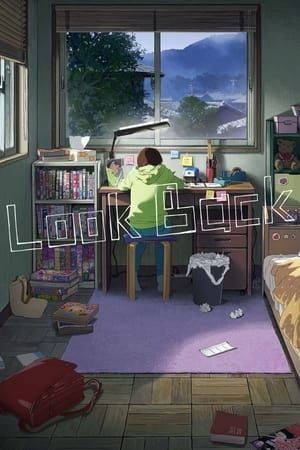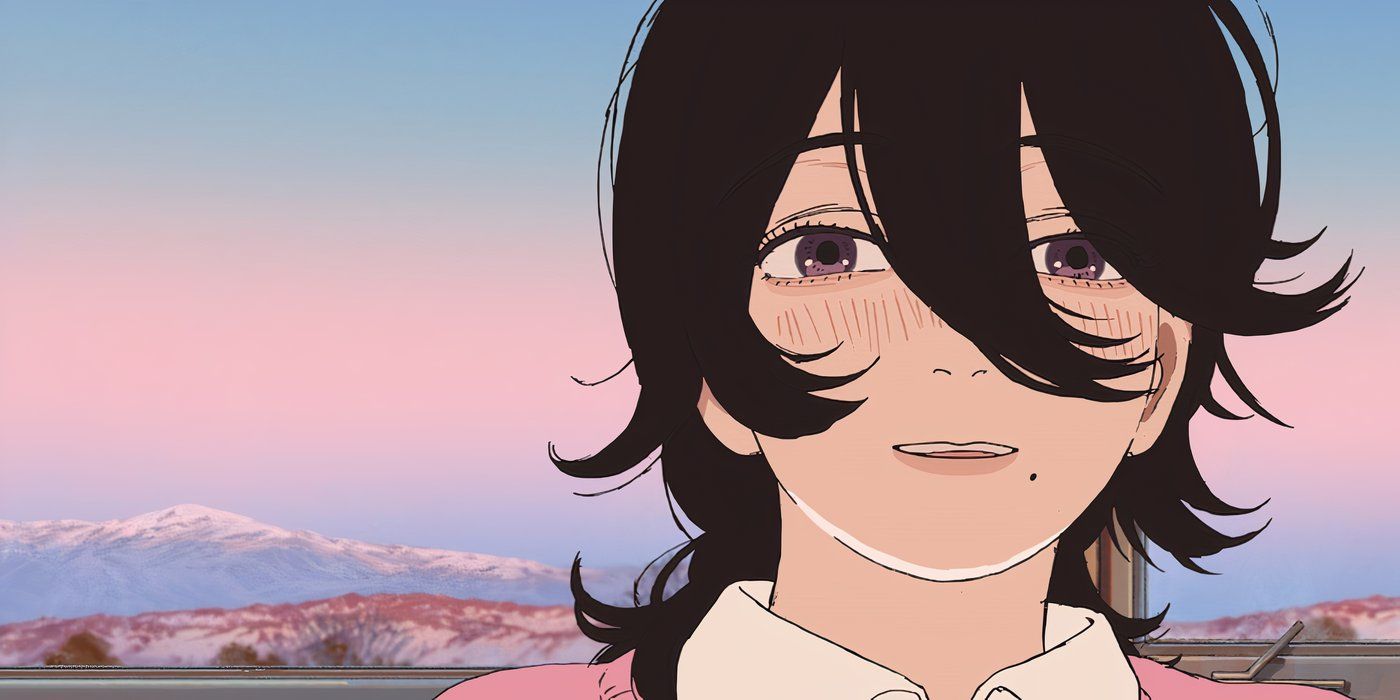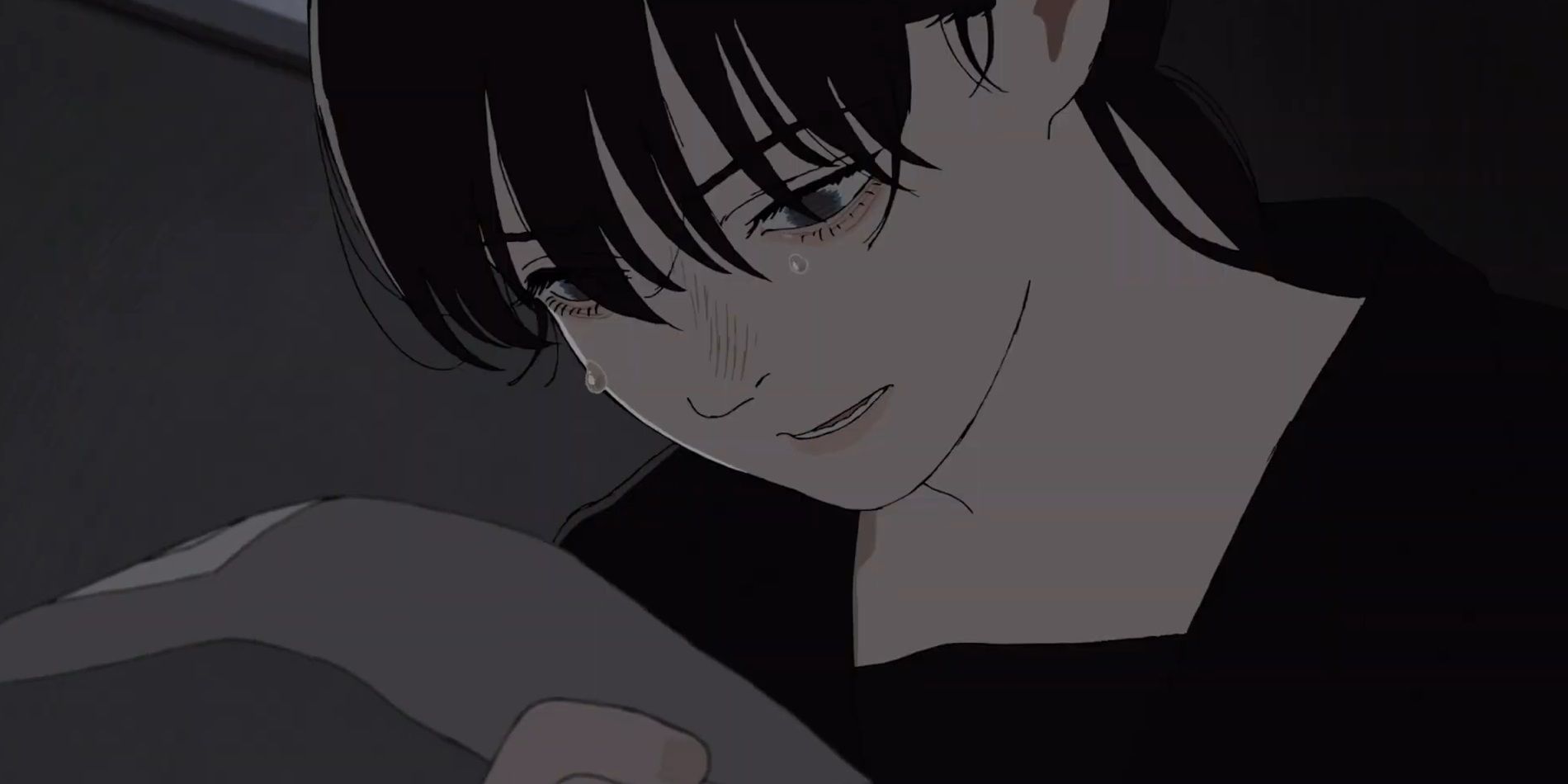Tatsuki Fujimoto’s one-shot manga Look Back is arguably his best work to date, which is wildly impressive given the mainstream and critical success of his other series, Chainsaw Man. Known for his trademark unpredictability and weirdness within his writing, those unfamiliar with Fujimoto’s works are often surprised to find just how deeply personal and powerful his stories are. Look Back is all that and more.
Reading the one-shot for the first time, watching Fujino and Kyomoto along their journeys as aspiring artists, I immediately resonated with them. Not only was I moved by their relationship and unrelenting desperation to improve their abilities, but I was also reminded of why I wanted so terribly to create something meaningful of my own. And when the announcement came that Look Back would be receiving an anime adaptation, I was ready to experience those feelings again. Little did I know that, upon watching the film, it would take on an entirely new meaning to me.
Times have changed in the three short years between the publication of Fujimoto’s manga and the North American release of its anime adaptation. The meteoric and disastrous rise of artificial intelligence in creative fields, along with the devolution of social media rewarding unfaithful critiques of art and expression, seems to have led to many heated discussions surrounding creativity. Walking away from Look Back this time, I was reminded that, in a world filled with tragedy and axe-wielding madmen, art is how we fight back.
Look Back and the Need to Leave Our Rooms
The Powerful Message in Fujimoto’s Masterpiece
When Fujino first meets Kyomoto, the young artist is a shut-in who doesn’t attend school and is rather socially awkward. Nevertheless, she rushes out of her room to meet Fujino in person, and lets her know just how much she admires her artistic abilities. Throughout the remainder of the story, a bond forms between the two young artists, both communicating with and growing closer to one another through their artistic expressions of self.
Unfortunately, later in the story, tragedy at the hands of an axe-wielding maniac strikes Kyomoto at her university, after the two friends go their separate ways. At first, Fujino blames herself for the incident, believing that had she never brought Kyomoto out of her room, her sad fate could have been avoided. Later, though, after visiting her friend’s childhood bedroom once more, Fujino comes to the realization that looking back in anger is worthless, and decides instead to cherish her memories with Kyomoto, always keeping her close by.
The world is scary and uncertain, though if the steps outside are never taken, the opportunity for success, failure, friendship, and honest communication is lost. Despite Fujino putting blame on herself, Kyomoto is openly thankful to her for taking her out of her room. If she hadn’t, the young artist would never have been able to so closely bond with another, finding the reason for her desire to create and sharing it with another. It was through Kyomoto’s character that Look Back taught me that we can never be more honest than in the art we share.
Self-Expression Is the Most Honest Form of Communication
Look Back Answers the Question: “Why Do We Make Art?”
Look Back‘s most powerful sequence comes near the end of the film, while Fujino is reeling from what happened at Kyomoto’s university. She questions herself, her decisions, the path she has taken in life, believing none of it to have done any good. Finding the comic strip she drew as a child that brought the two girls together, Fujino sobs and tears it into little pieces, before Kyomoto’s voice breaks through one final time.
“Then why do you draw, Fujino?” she asks, the film then transitioning into an emotionally charged montage of the two friends bonding over their art throughout the years. She realizes that she had been wrong, and that everything that happened between her and Kyomoto was worth it. Showing her friend the art she made, baring her soul and waiting for Kyomoto’s honest reaction, the two communicating through their work was the reason she drew.
Spoken communication often fails to properly convey how the speaker is feeling. Words can be finicky; they can either mean far too many things or not nearly as many as they should, and the intent behind them can become easily misconstrued. Art, however, in any form it may take, is an honest expression of self, through which both creator and observer can bond. Look Back and the genius of its author communicated to me that my art was my strongest form of communication.
A Reminder to Look Back at What Creativity Has Given Us
While Look Back is a bit of an emotional rollercoaster, it is also a celebration of art and the artists who have given themselves to their creations. The story itself is a reminder that all the hard work that goes into making art will always be worth it. The world may be scary, and you never know what kind of disturbed individuals with axes may be out there, but as long as we have the courage to throw ourselves deeply into what we love and put out into the world, we will always have the ability to fight.
Though the use of AI may be on the rise in creative fields, that courage to be distinctly human through our creations is something that no program could ever replicate. After all, computers rarely have anything interesting to say. The Look Back anime is a triumph in every sense of the word, being largely a passion project from an animation studio with something to prove, adapting one of Fujimoto’s most honest and sincere stories to date. It’s a perfect marriage between two parties with a lot to say in their works.
It isn’t often I get to say that a story altered my views more than once, but Look Back did just that. I will forever be grateful to the tale of Fujino and Kyomoto for reminding me of why I want to create art myself. If we could be so lucky, the success of the film might just lead to Tatsuki Fujimoto’s other critically acclaimed one-shot, Goodbye Eri, receiving an anime adaptation. Until then, though, in an attempt to not be too selfish, I’ll be happy to have been so deeply moved by Look Back.

Confident artist Fujino and reclusive Kyomoto bond over their shared passion for drawing manga. As they navigate the challenges of growing up and pursuing their artistic dreams, their friendship deepens. The story beautifully explores themes of creativity, dedication, and the impact of personal connections on their journey.
- Director
- Kiyotaka Oshiyama
- Release Date
- June 28, 2024
- Writers
- Tatsuki Fujimoto , Kiyotaka Oshiyama
- Runtime
- 58 Minutes







No Comment! Be the first one.